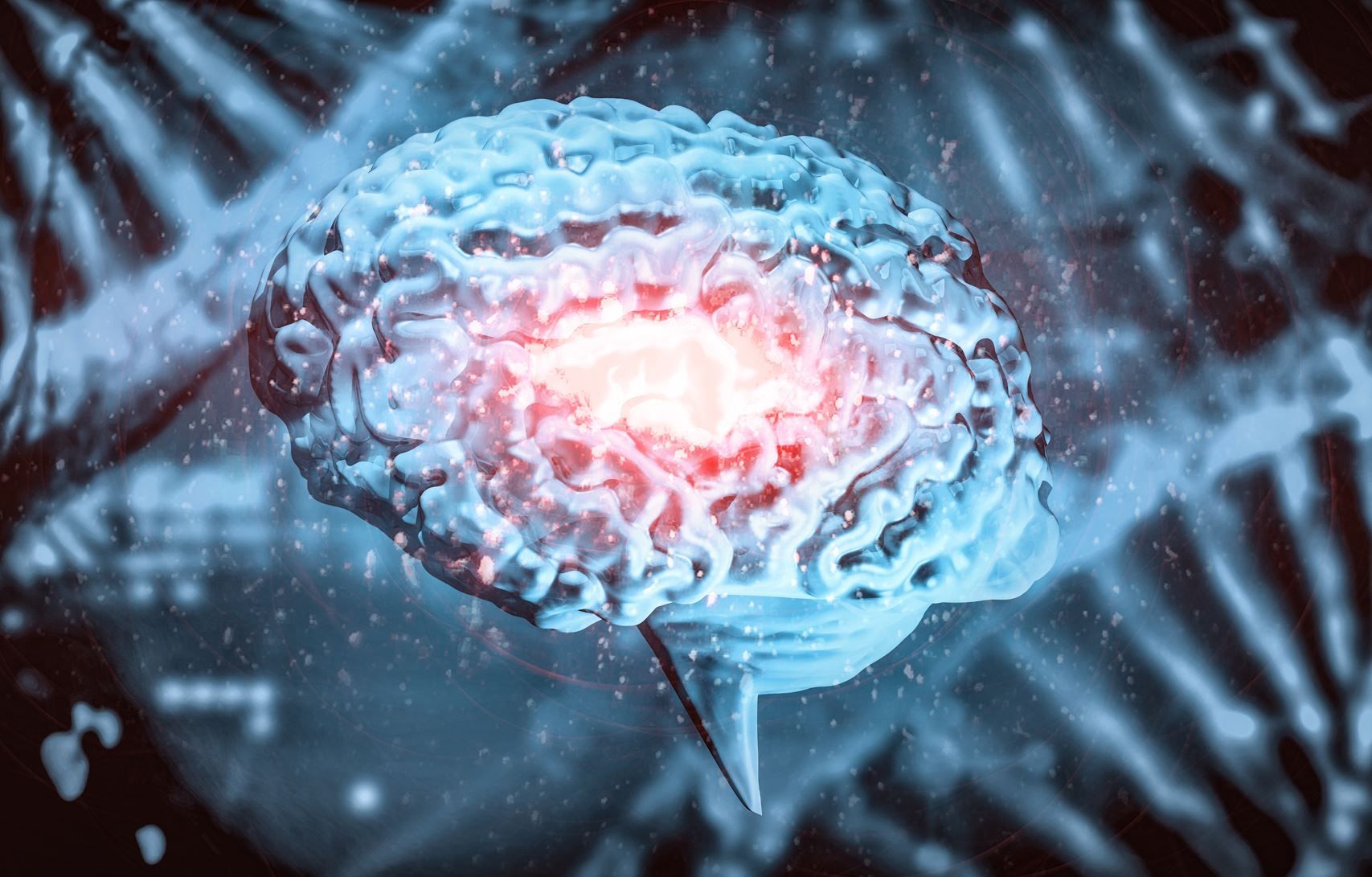Largest Genetic Study of Migraine to Date Identifies New Risk Factors
Researchers identified over 120 regions connected to risk of migraine, of which 86 were previously unknown.
©m.mphoto/AdobeStock

The largest genome-wide association study (GWAS) to date identified over 120 regions connected to risk of migraine, including new regions containing genes that encode targets for recently developed migraine-specific drugs.
“Our data support the concept that migraine is brought about by both neuronal and vascular genetic factors, strengthening the view that migraine is truly a neurovascular disorder,” concluded researchers in the February 3, 2022, meta-analysis published in Nature Genetics.
Although migraine affects a large portion of the global population, its genetic underpinning is still largely unknown. To gain more insight into specific migraine risk genes, investigators from the International Headache Genetics Consortium performed a GWAS of 102 084 migraine cases and 771 257 controls.
The team identified 123 loci, of which 86 were previously unknown. “These loci provide an opportunity to evaluate shared and distinct genetic components in the two main migraine subtypes: migraine with aura and migraine without aura,” wrote researchers led by Matti Pirinen, PhD, associate professor of statistics, University of Helsinki, Finland.
Stratification of the risk loci using approximately 29 670 cases with subtype information showed 3 risk variants that appeared specific to migraine with aura, 2 that appeared specific to migraine without aura, and 9 that increased risk for migraine regardless of subtype, according to the study.
“A particularly interesting finding in our GWAS was the identification of risk loci containing genes that encode targets for migraine-specific therapeutics,” wrote Pirinen and colleagues.
One of the newly identified risk loci contained the CALCA and CALCB genes that encode calcitonin gene-related peptide (CGRP). “CGRP-related monoclonal antibodies have been successful for the preventive treatment of migraine, and they are considered as a major breakthrough in migraine-specific treatments,” wrote researchers.
Another risk region contained the HTR1F gene that encodes serotonin 5-HT1F receptor, which is the target of the first-in-class migraine drug, lasmiditan.
“Overall, genomic annotations among migraine-associated variants were enriched in both vascular and central nervous system tissue/cell types, supporting unequivocally that neurovascular mechanisms underlie migraine pathophysiology,” concluded researchers.
Reference: Hautakangas H, Winsvold BS, Pirinen M, et al. Genome-wide analysis of 102,084 migraine cases identifies 123 risk loci and subtype-specific risk alleles. Nat Genet. 2022:54;152-160.